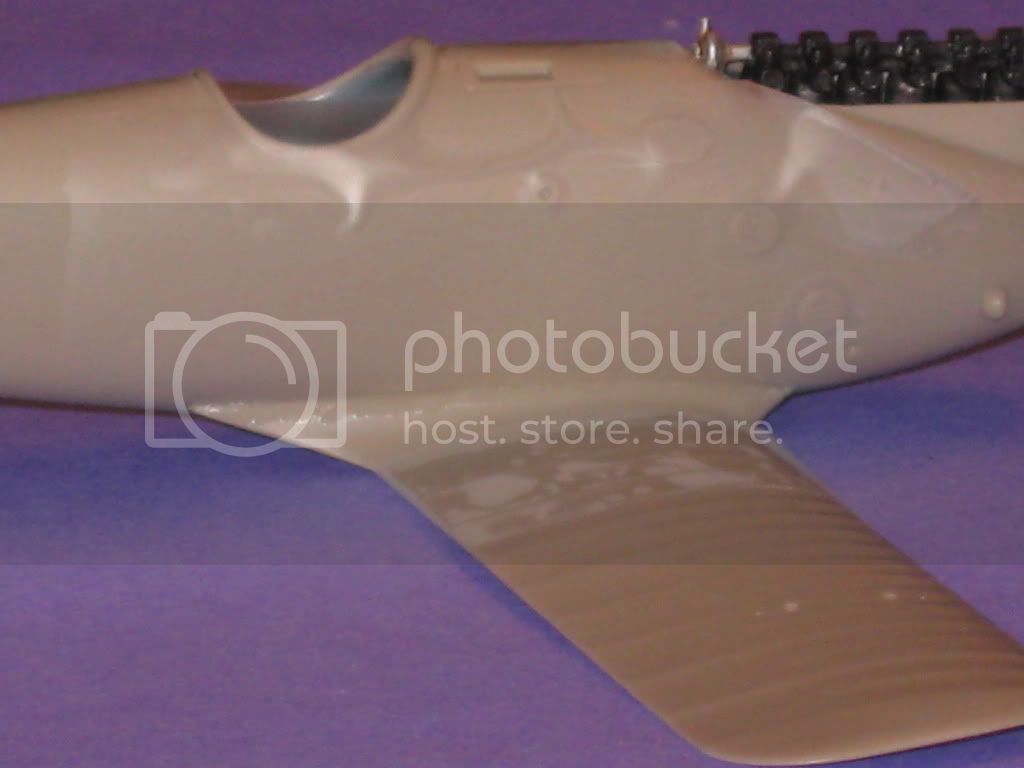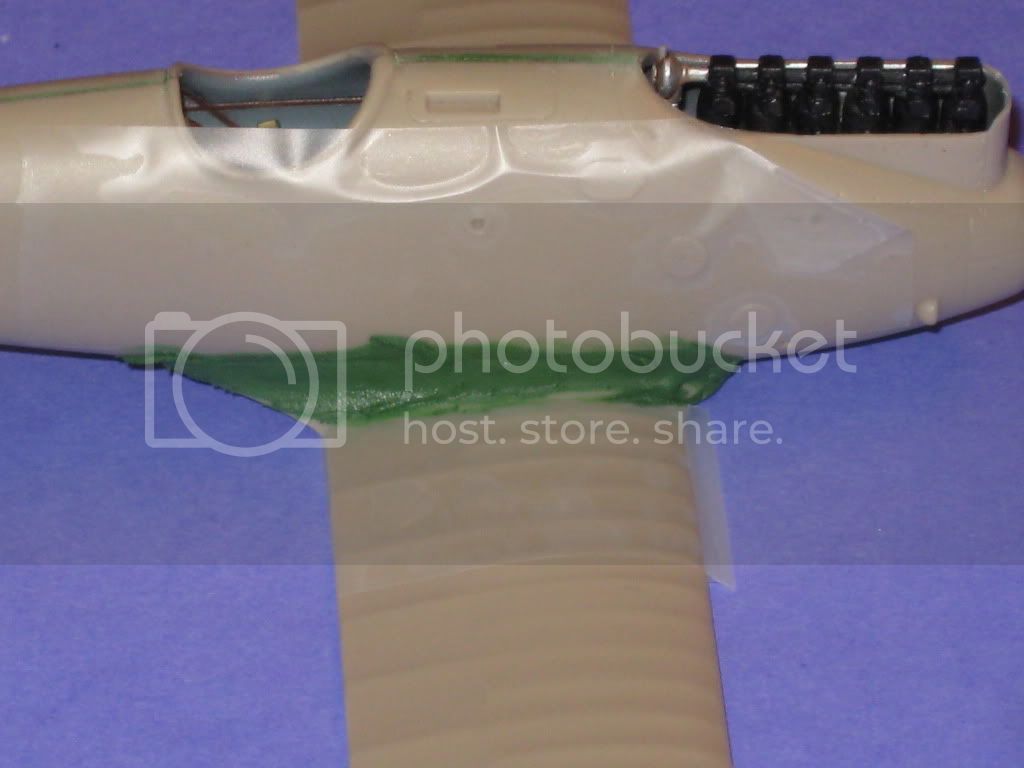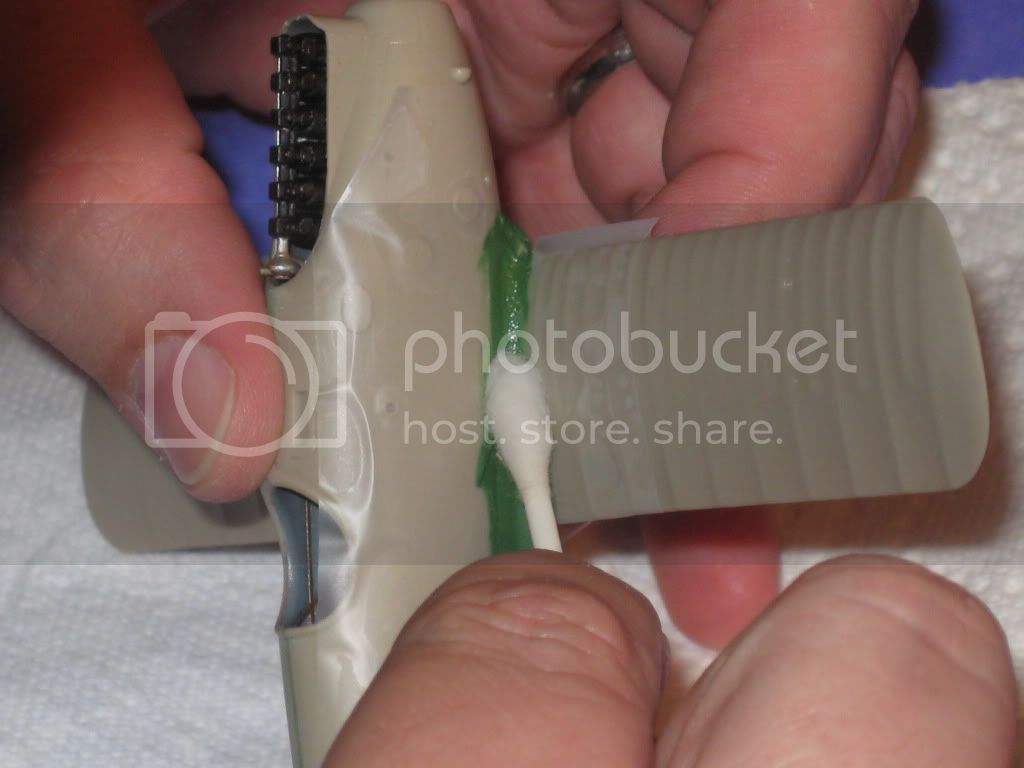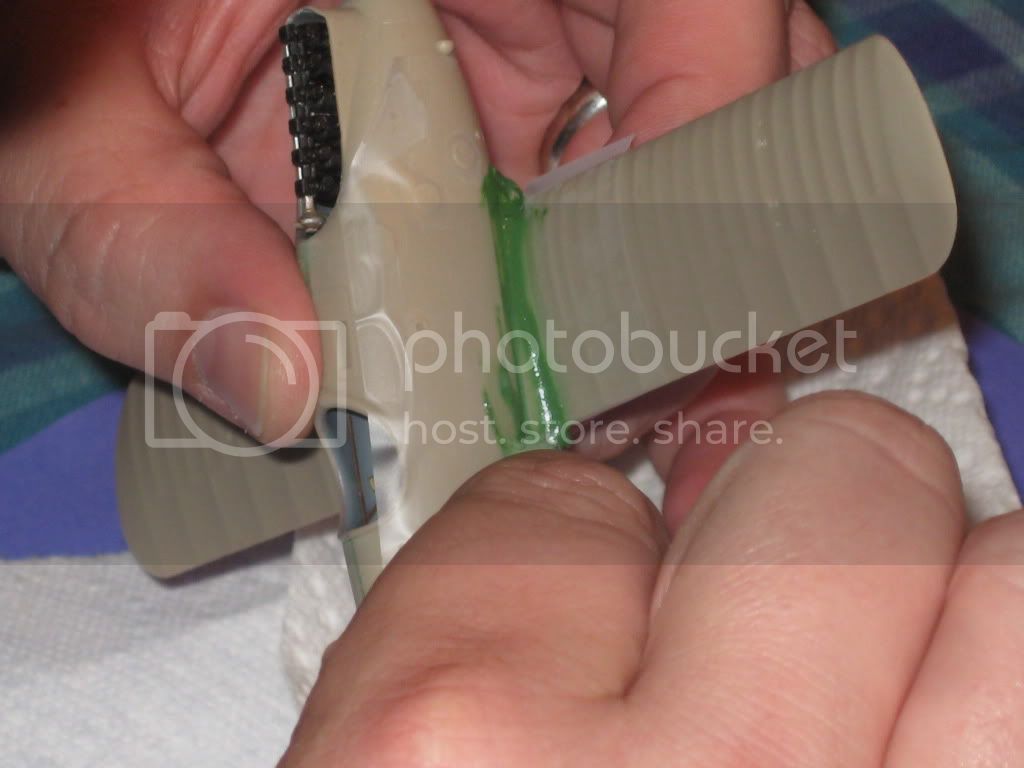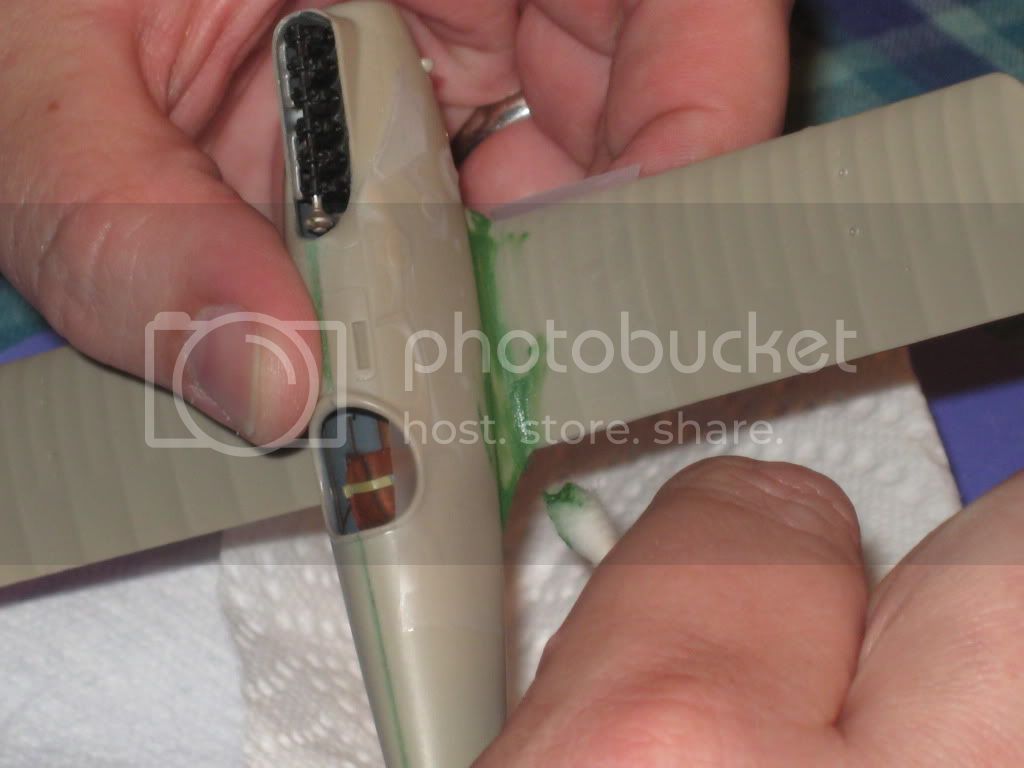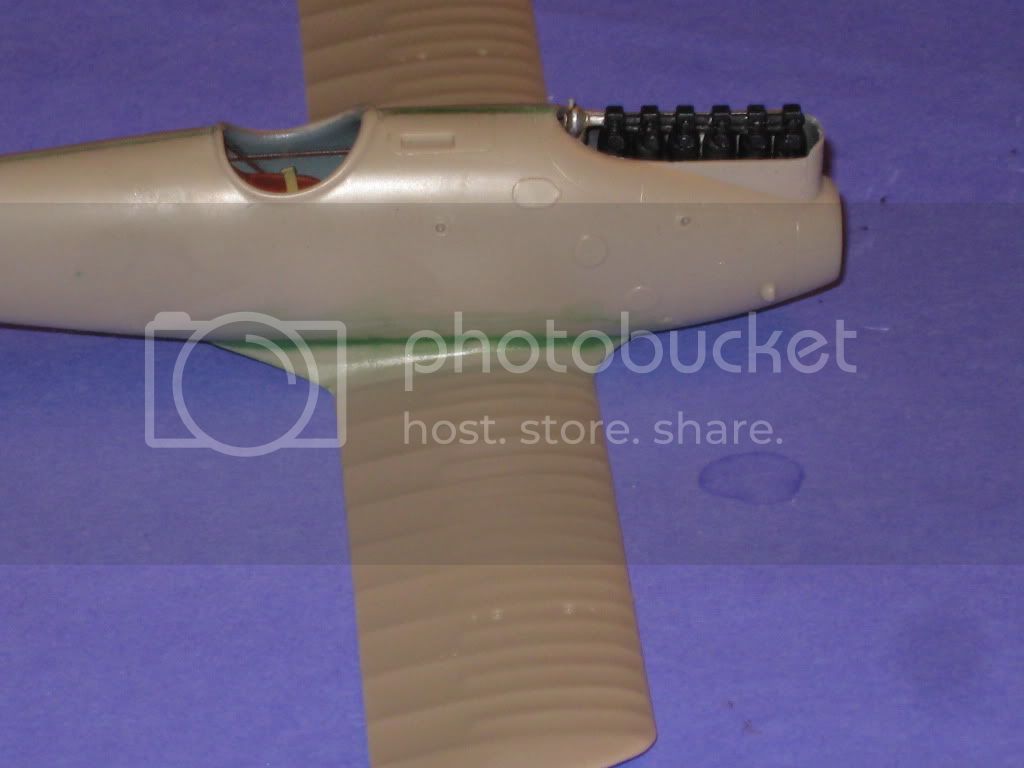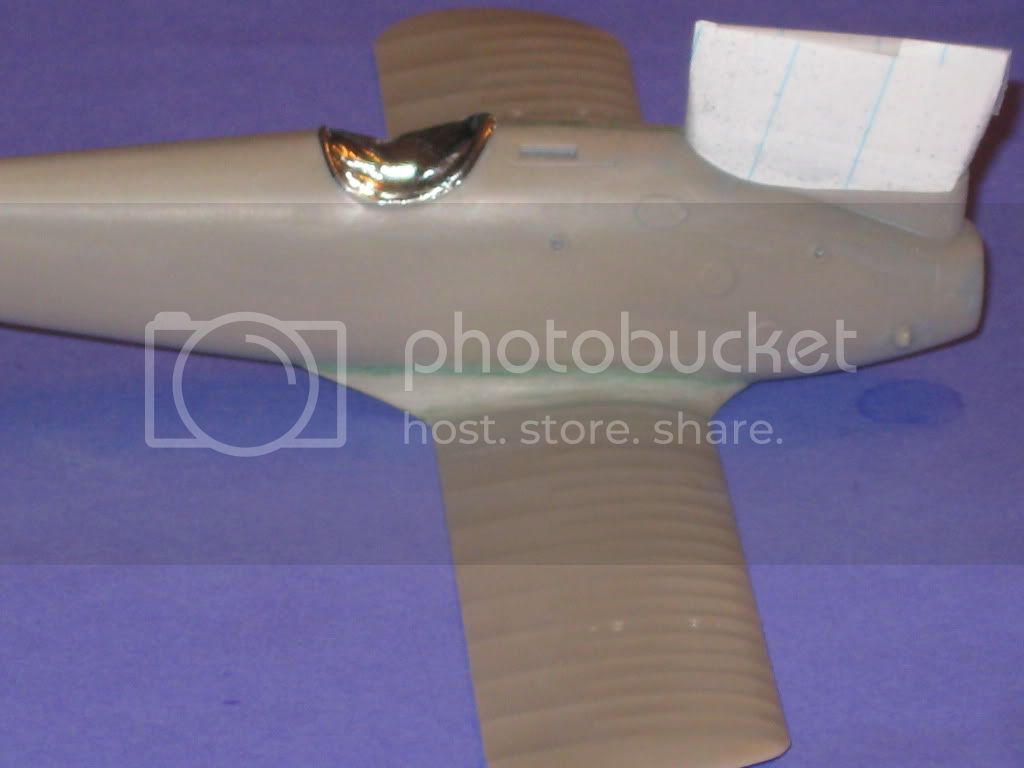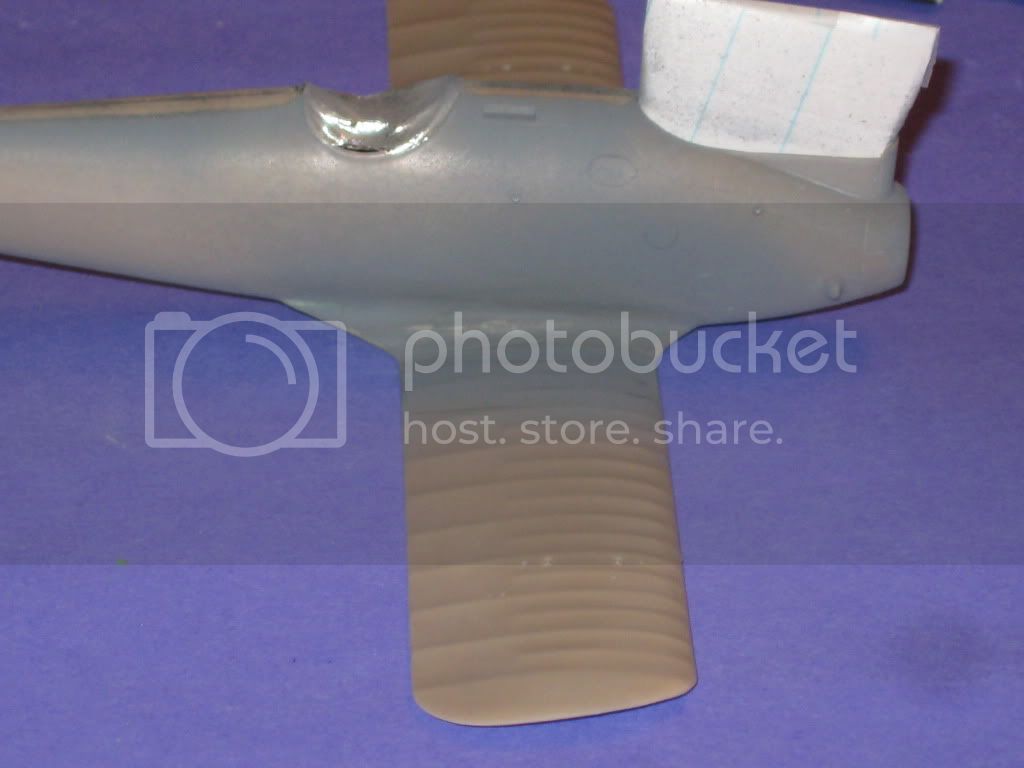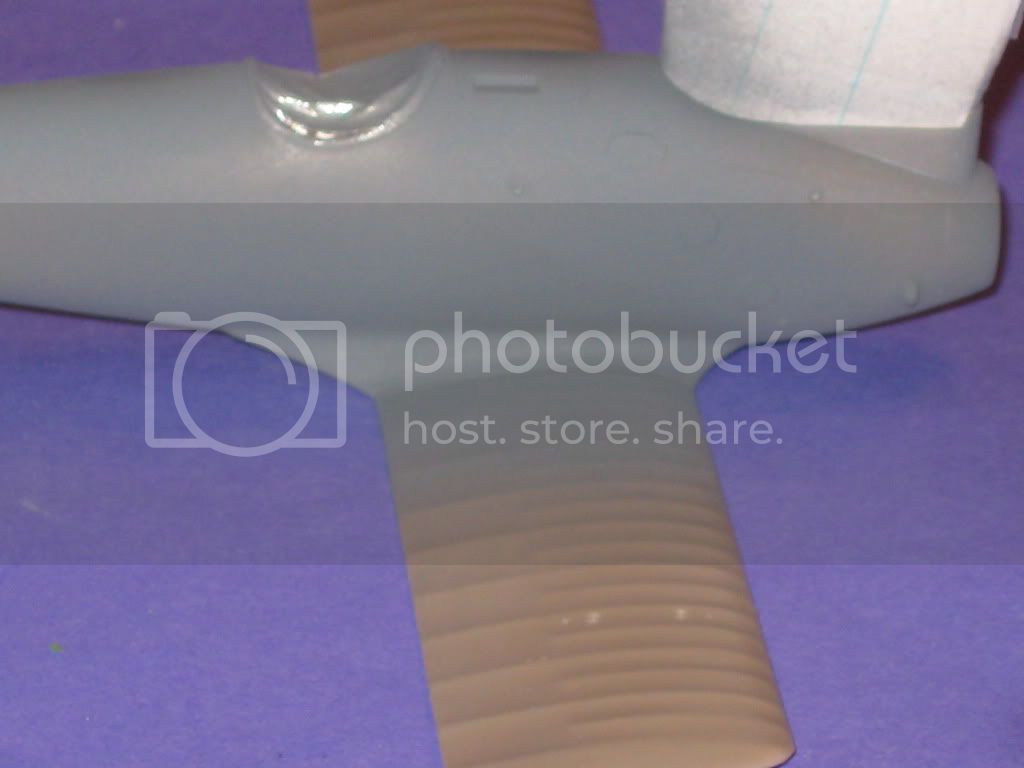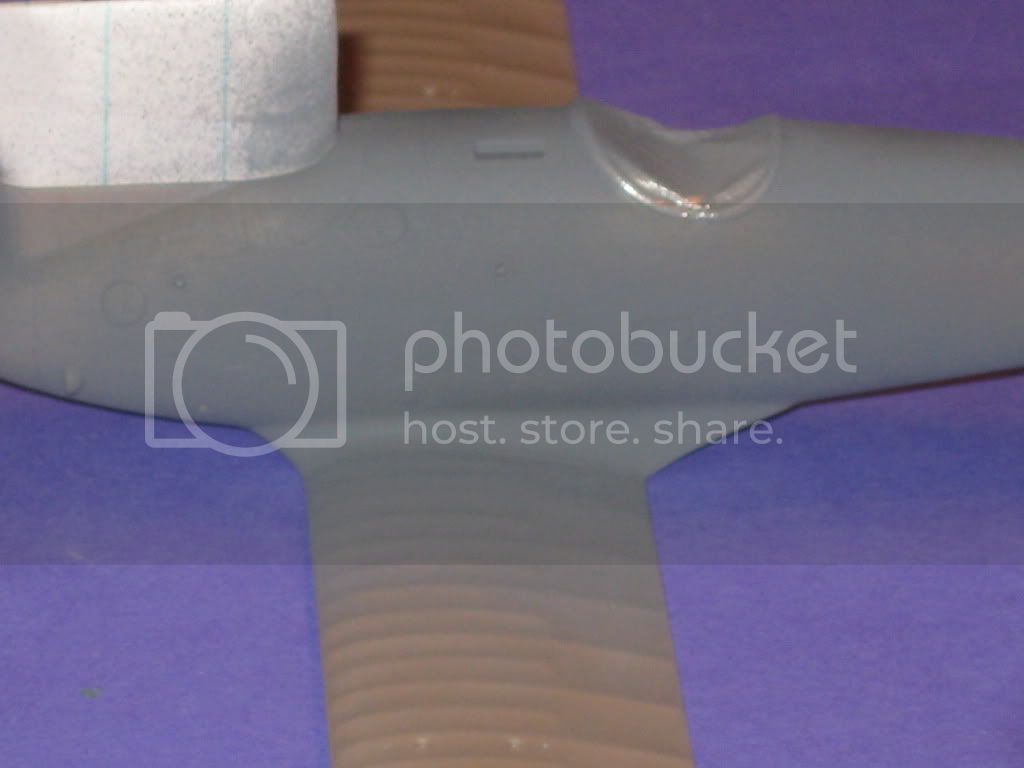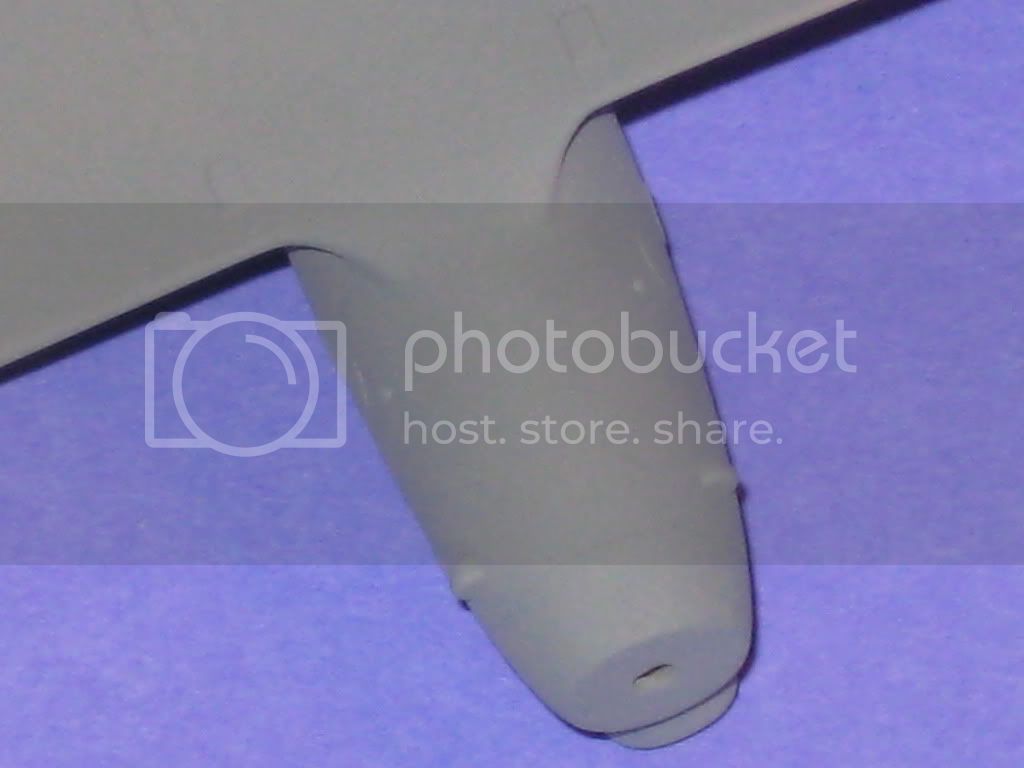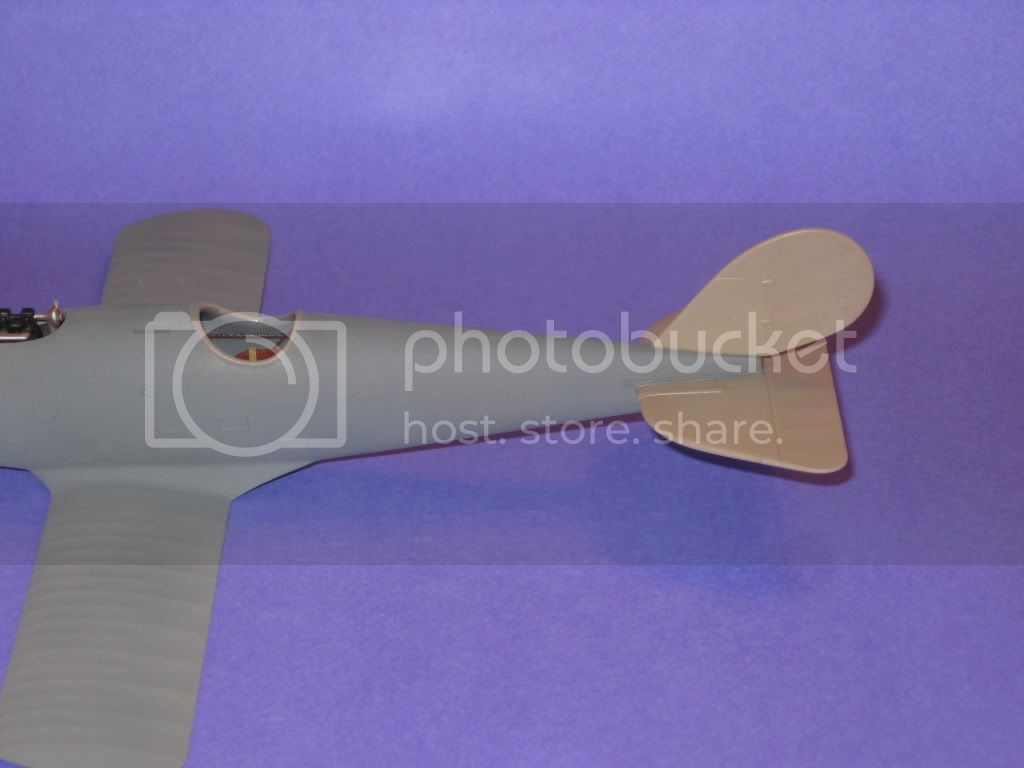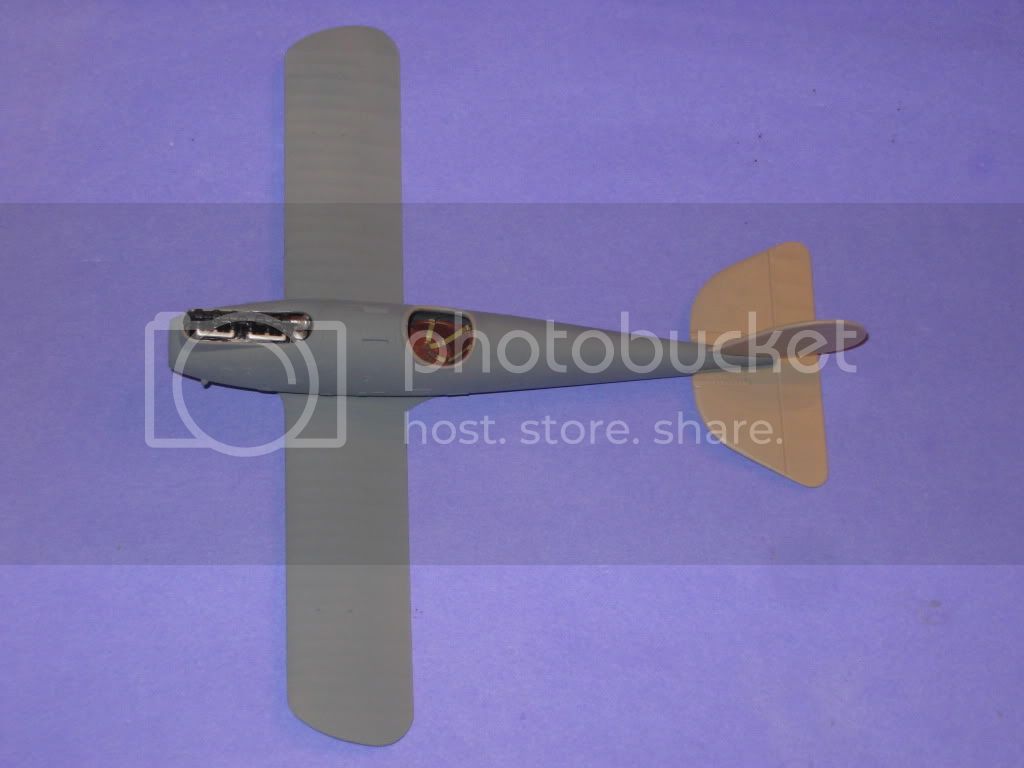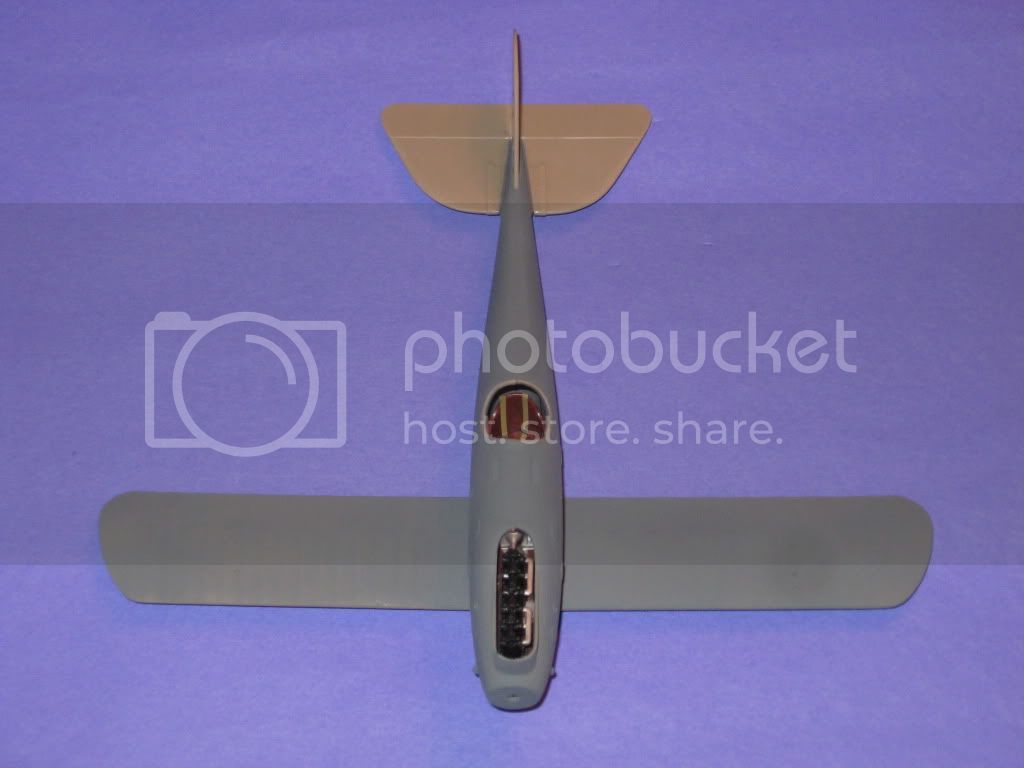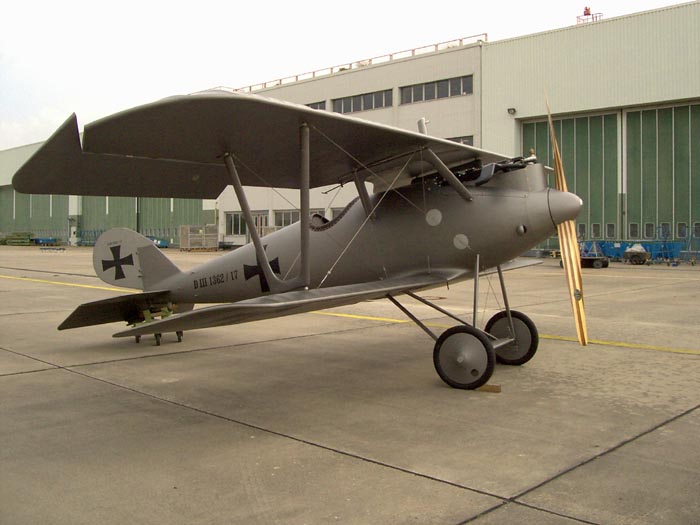Not since the Royal Fokker Build have we stickied a tandem foray. But after a high level meeting of the minds Aeroscale Admin has pased down the word. The pressure is on and I have committed to be the support team. My library is open for queries and we are brewing duty coffee on the stove in the Early Aviation hangar. So we begin.
The shark-like profile of the Pfalz D.III appeared on the Western Front in late summer / early autumn 1917. Manufactured by the Pfalz Werke in Bavaria it was saddled with the obsolete Mercedes D.III 170hp inline six. The Albatros Werke fighters had been using the Merc. D.IIIa 170hp motor since the beginning of 1917 and were now having their D.Va types installed with a D IIIaü 180hp. Several concerns arose as the Pfalz D.III began its service life. First, the guns could not be accessed in-flight to clear jambs as they were buried beneath the forward turtle deck ahead of the cockpit and the access panels were impractical to remove in-flight to clear stoppages. Second, the tail surface was minimal in area for operational use. Thirdly, as mentioned previously the type was underpowered with its Mercedes D IIIa 170hp. Finally ‘greenwood’ was used in the Pfalz D.III manufacture. After some machines arrived at the front it was noticed that the tail unit would develop a definite twist to the left or right.
*Note The defining visual difference between early and late versions for the purpose of this review is that the early Pfalz D.IIIa types had angled lower wing tips. The late Pfalz D.IIIa versions had rounded lower wing tips. Another variation in the early or late versions was the ends of the cabane struts either being rounded or at a point. While there were actually other differences some of the model companies did not represent these in their molds and expected the modeler to modify their own efforts accordingly. As early as 1998 you couldn’t throw a paint tin in a hobby shop without hitting some author doing a build up of this ‘Bird of Prey’ for a magazine, club newsletter or internet posting.
Eduard had issued kits # 8005, 8044, 8045 & 8046. Now the Dual Combo #8047. This was actually the first kit where Eduard began using its LED mold manufacture (computer guided lasers). The very first mold where Eduard stepped away from the early slush low pressure injected molding.
Listed References:
Colors by Greg Van Wyngarden, Over the Front Journal Vol 2 #4,Pp.371-5, 1987.
German Army Air Service in WWI by R. Rimell, Osprey Vintage Warbirds #2, 1985.
German Fighter Units June 1917-1918 by A. Imrie, Osprey, Airwar #17,1978.
Lafayette Foundation Archive, Denver CO. USA
Pfalz by P. Grosz & E. Krüger, WWI Aero Pub. inc. 1964.
Pfalz D.III by R. Rimell, Datafile WWI a/c Part 1, Windsock, Albatros Pub. Ltd. Pp.20-31, 1990.
Pfalz D.III by P. Gray, Profile Pub. #43, 1965.
Pfalz D.III Technical evaluation by ‘Flight’ Cross & Cockade USA Vol.1 #4, Pp. 29-53,1960.
Pfalz D.III 1370/17 evaluation by ‘Flight’ Cross & Cockade USA Vol. 2 #3 1961.
Pfalz D.IIIa by P. Grosz, Windsock Datafile #21, Albatros Pub. Ltd. 1989.
Pictorial History of the German Army Air Service by A. Imrie, Ian Allen Pub. 1971.
Scale Model Aircraft in Plastic Card by H.Woodman, Model & Allied Pub., 1975.
Scratchbuilding Techniques by Alan Clark, Scale Models Int. Pp174-5, 1990.
Spandau Machine Gun by David Watts, WWI Aero,1998.
World War One in Plastic by Brad Hansen, Great Auk Pub. 1979.
For some reference photos from Flight see my 1/32 Roden build
Click here.For further images see
here.Good luck to the builders.


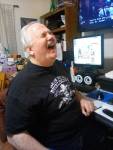





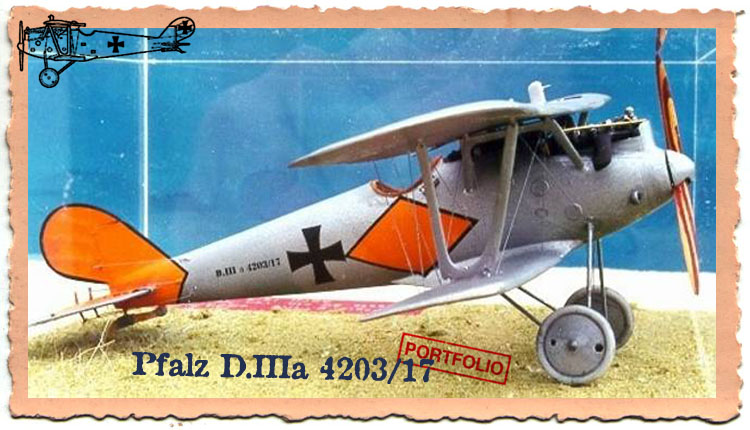
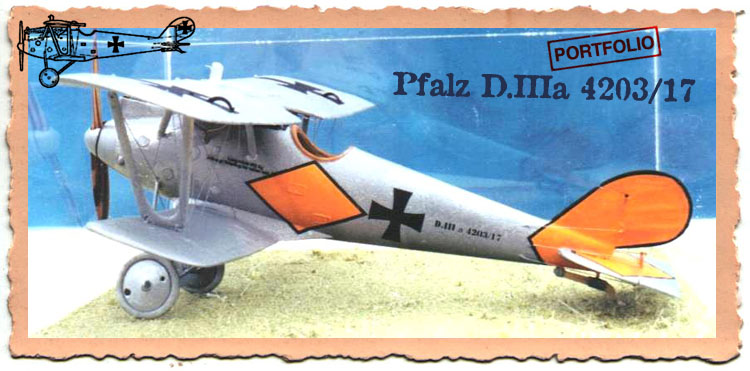

















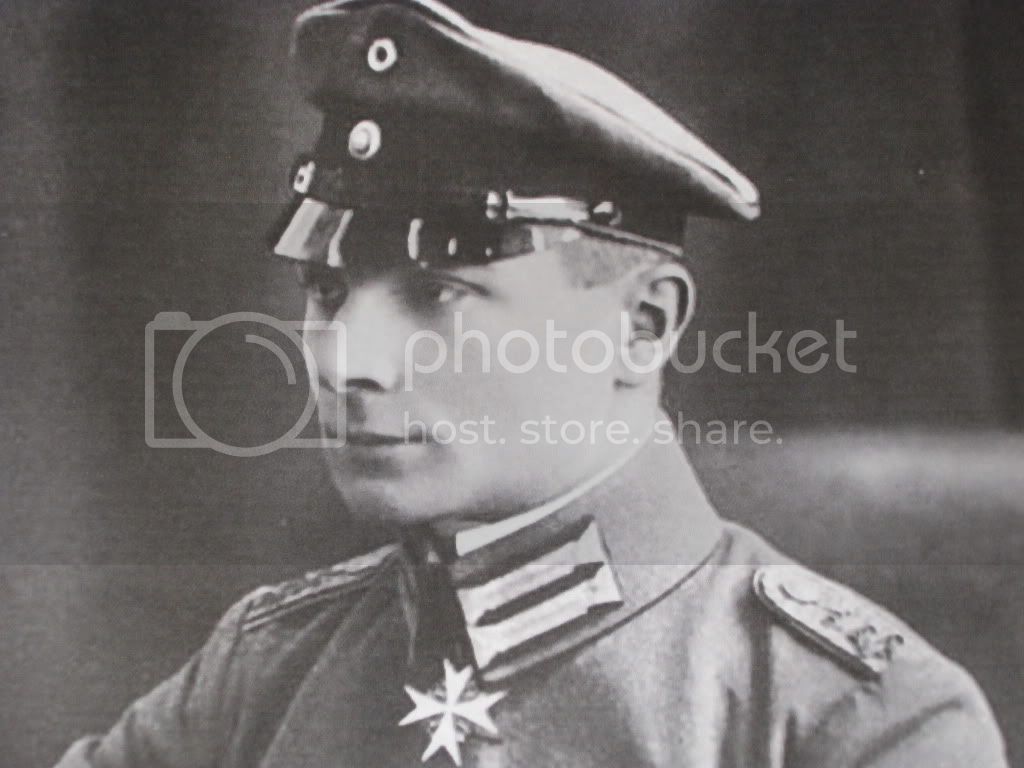
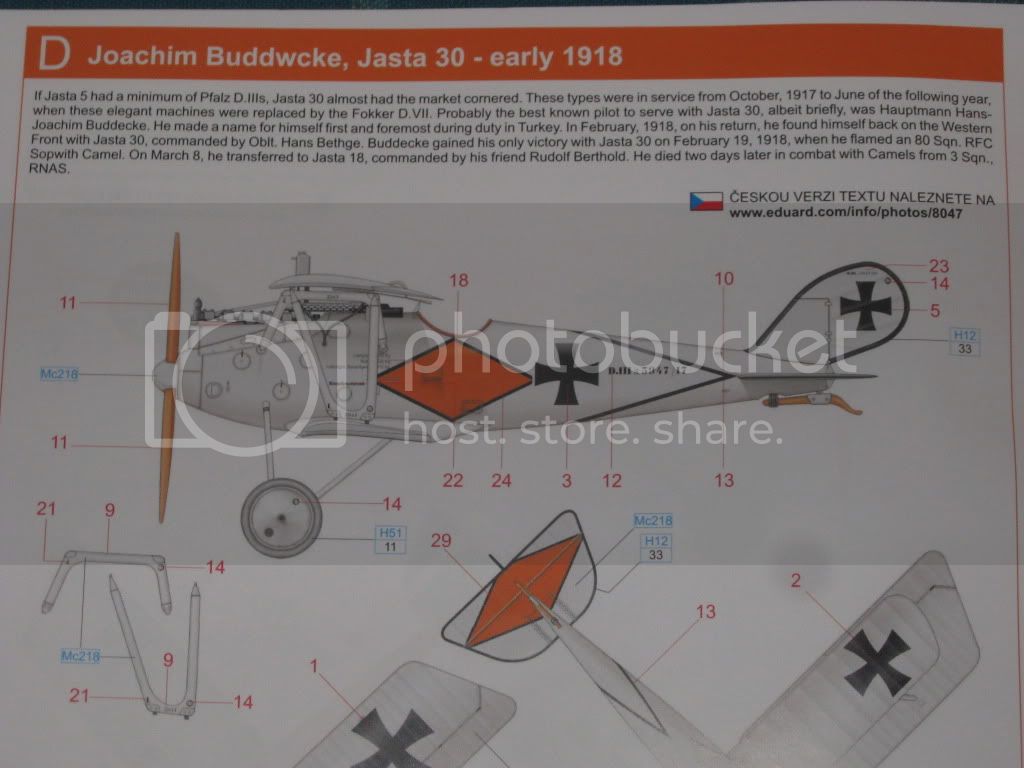
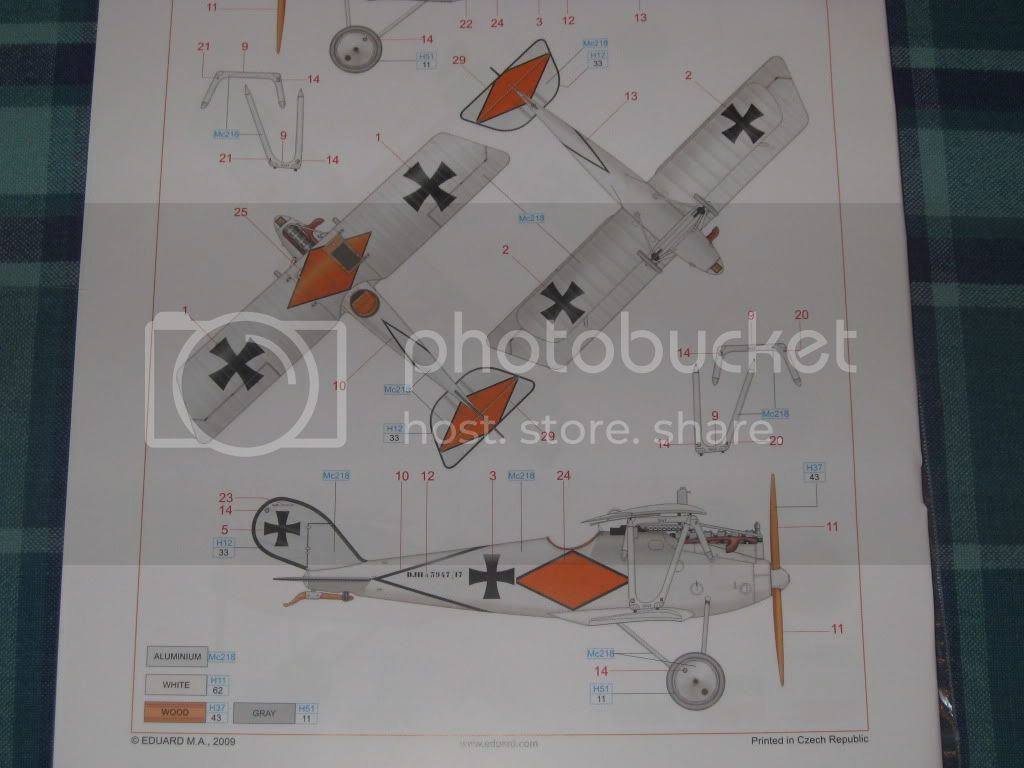



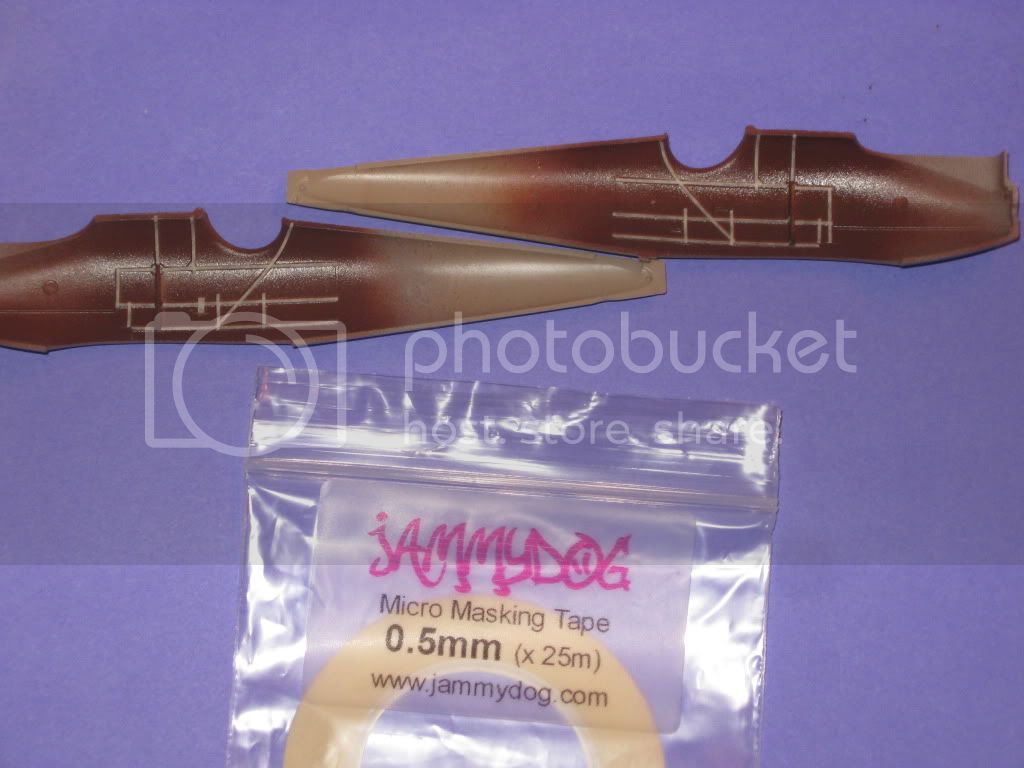
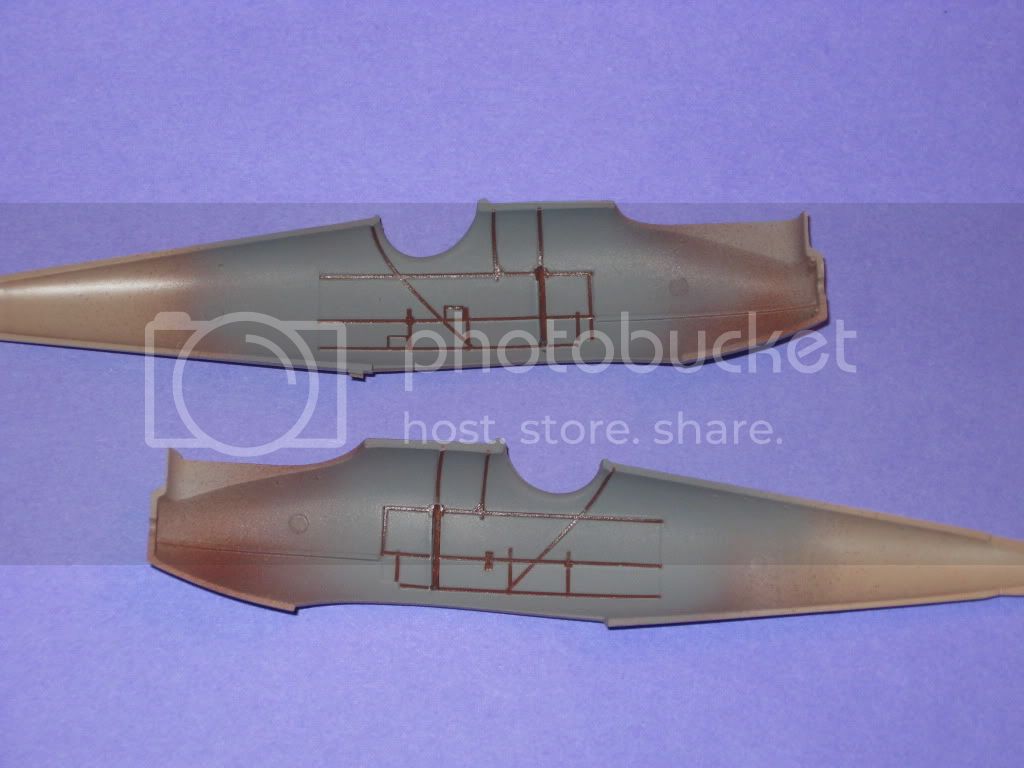
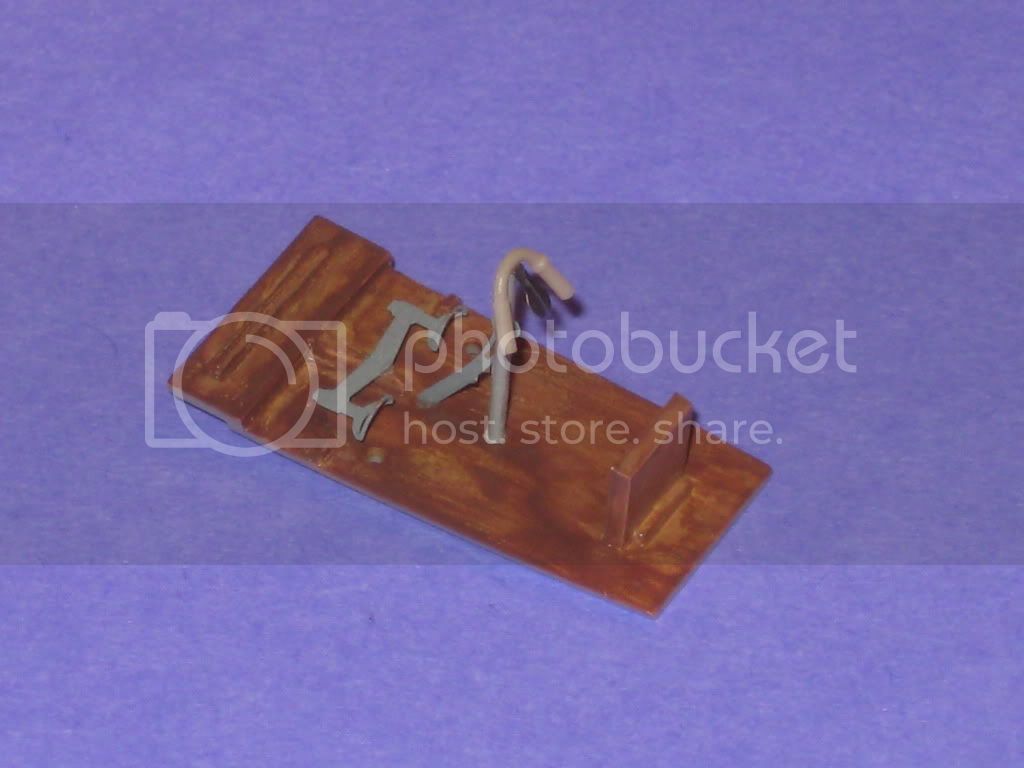
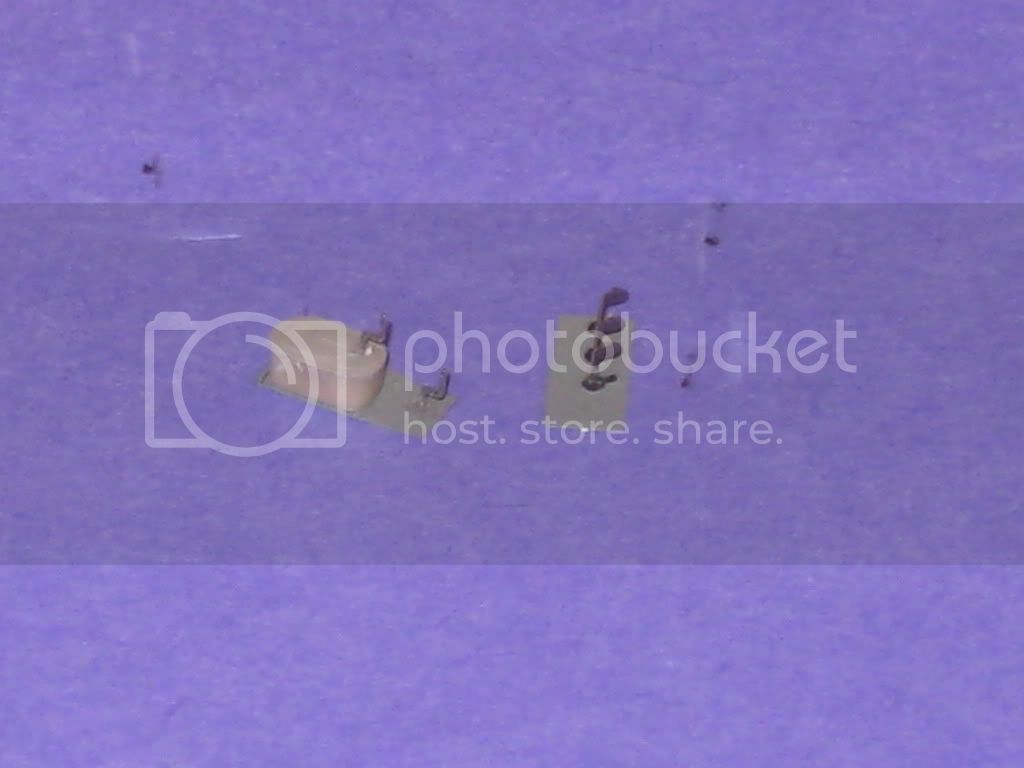


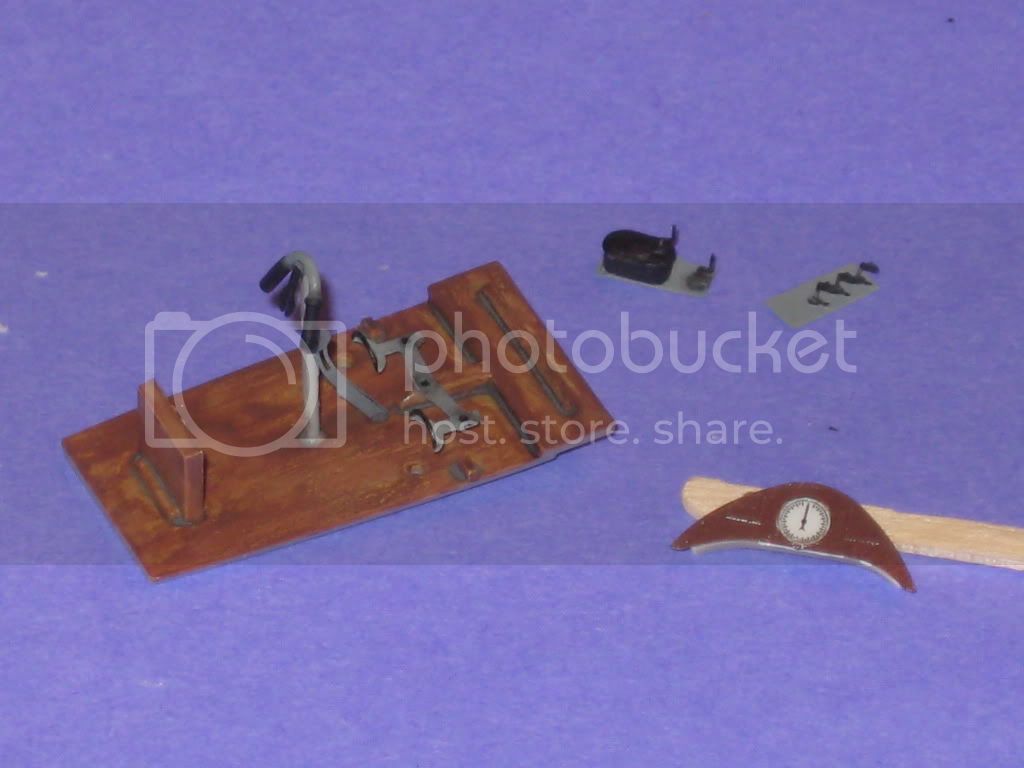
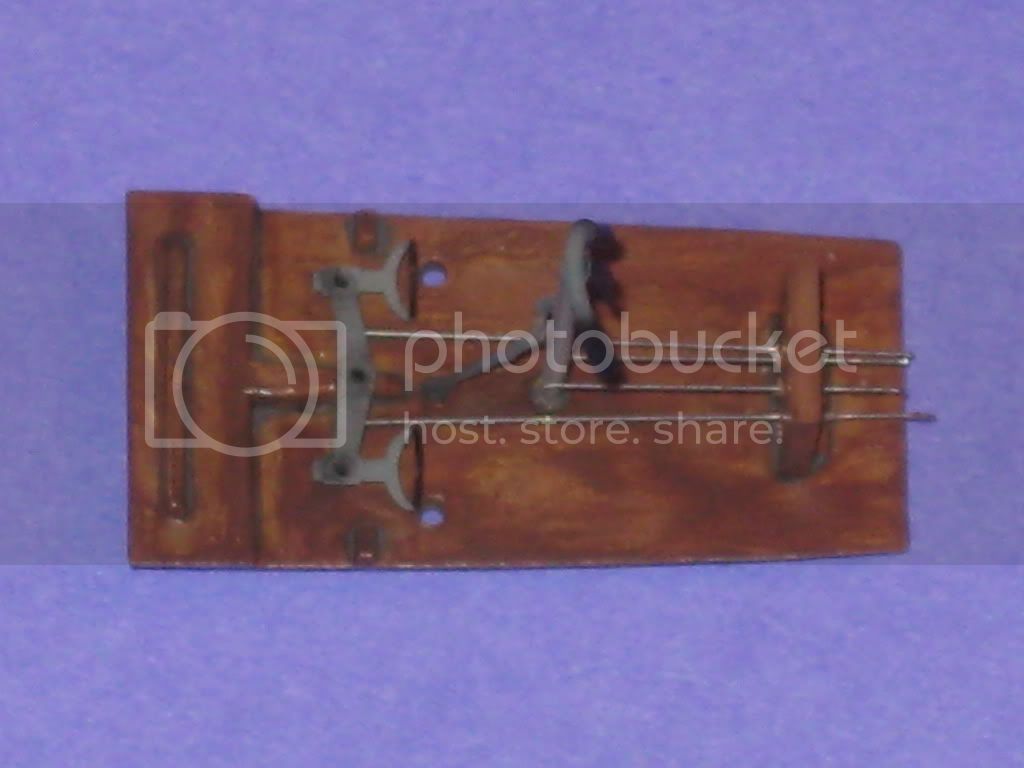


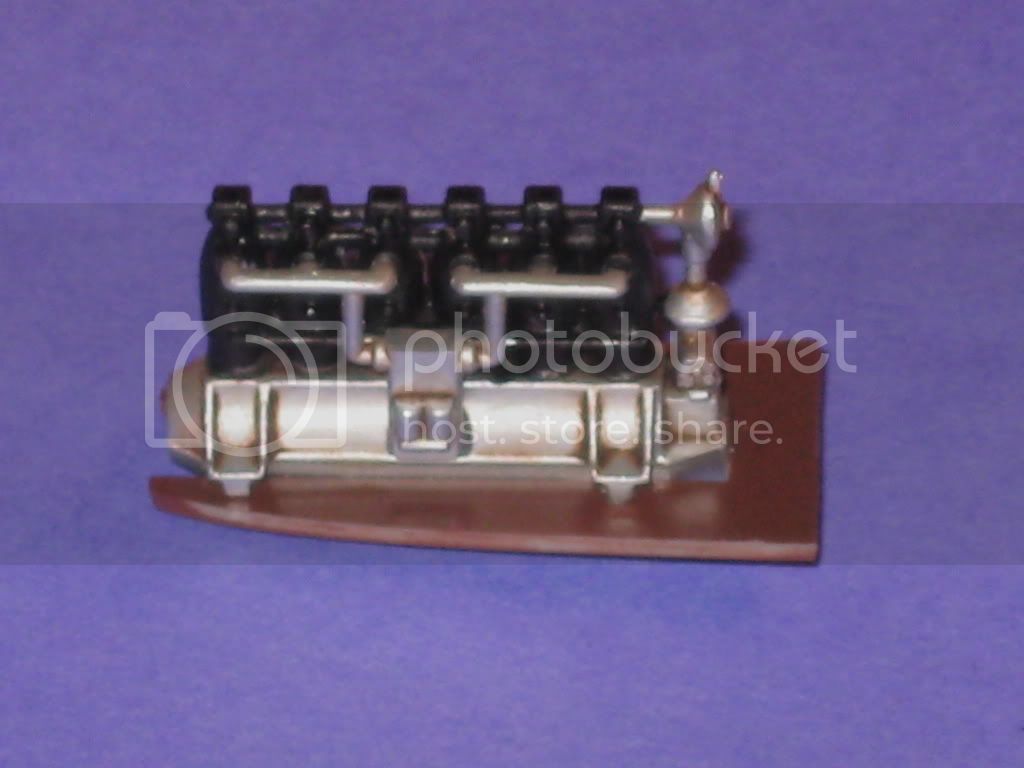
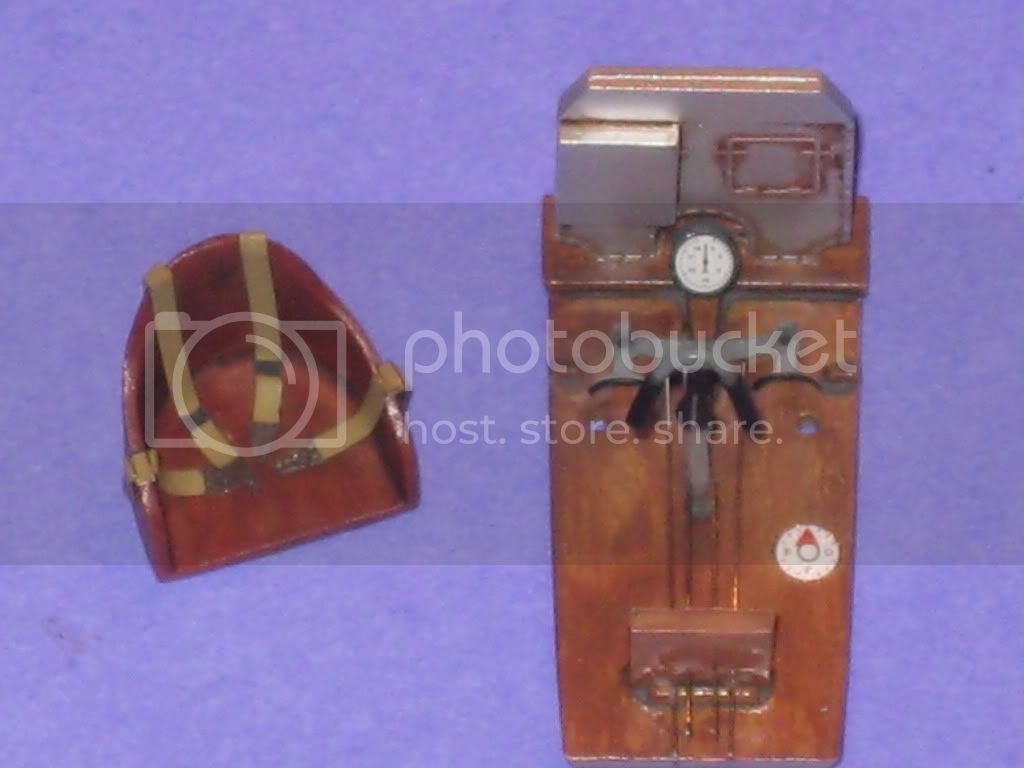
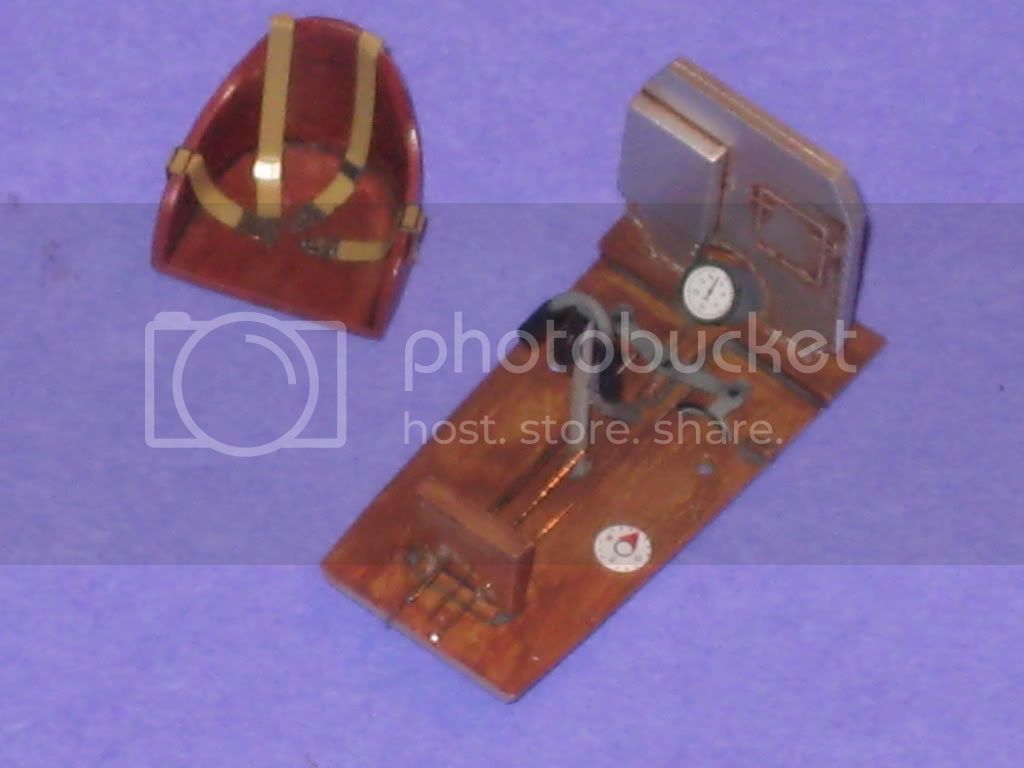
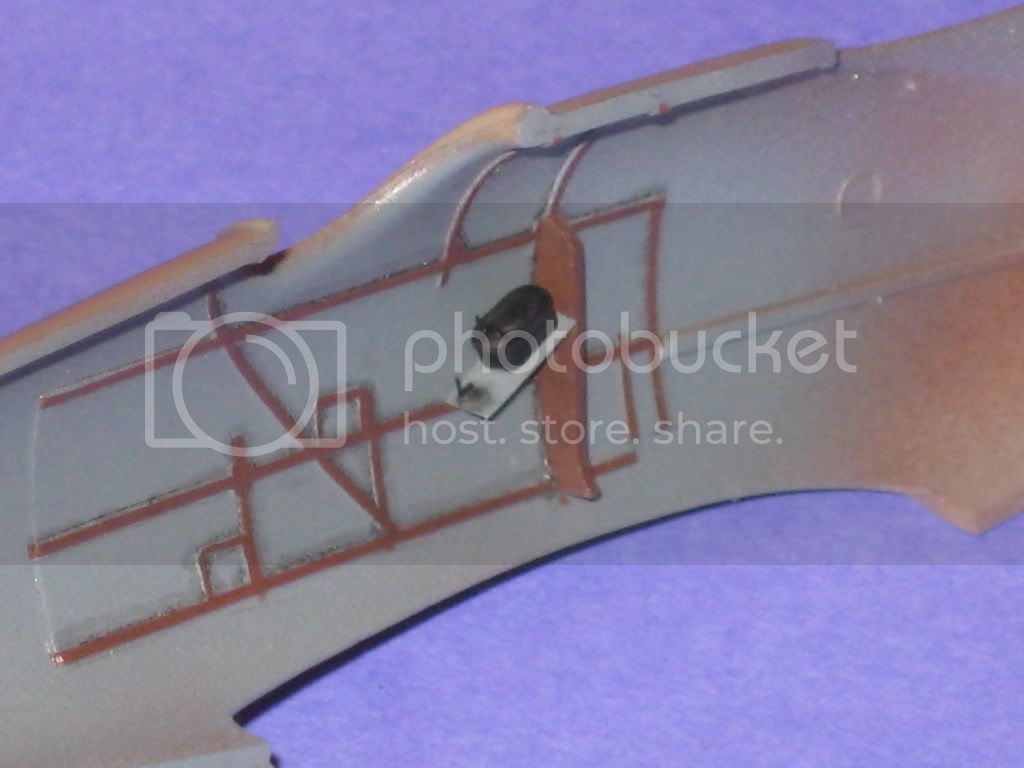
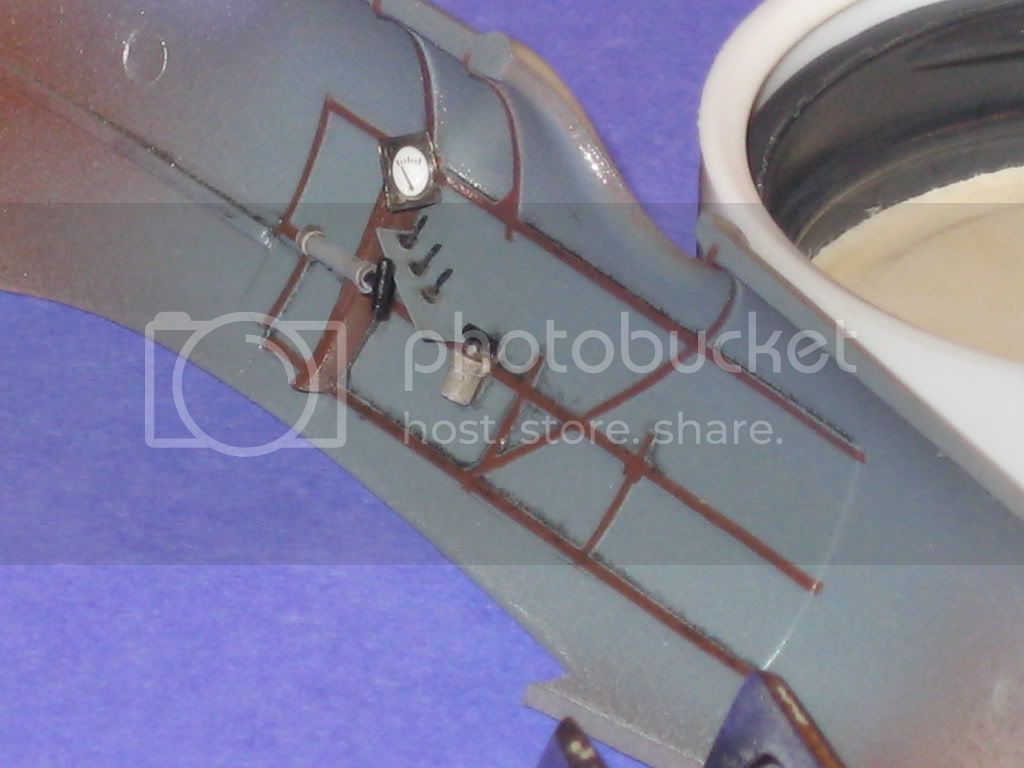
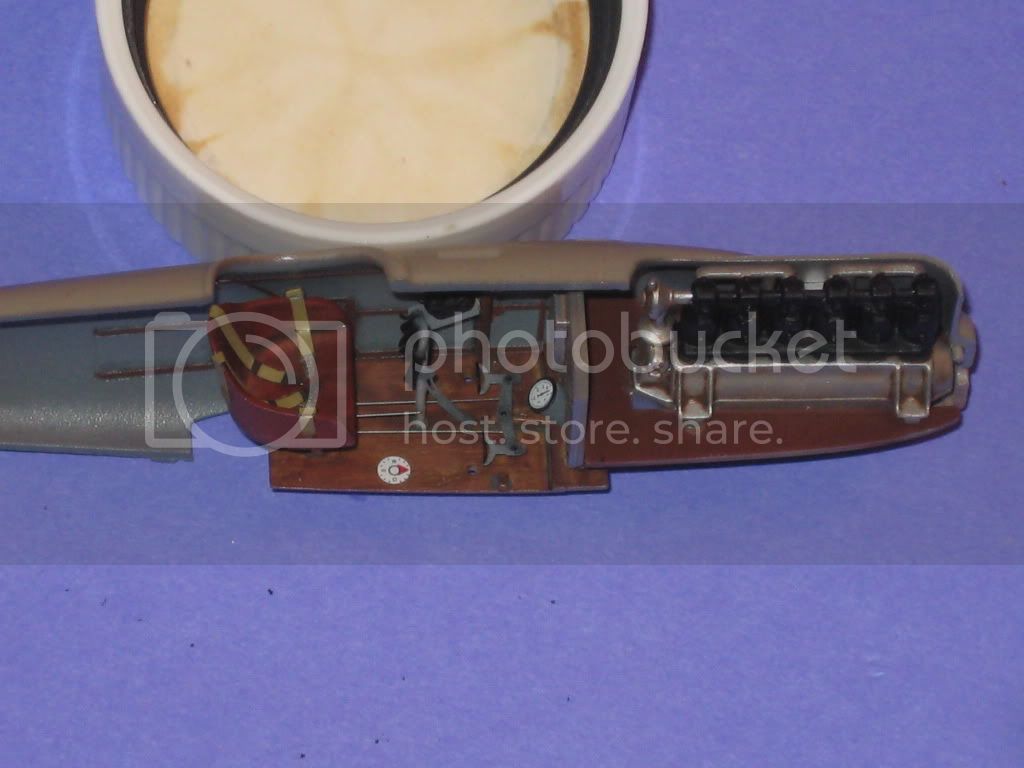
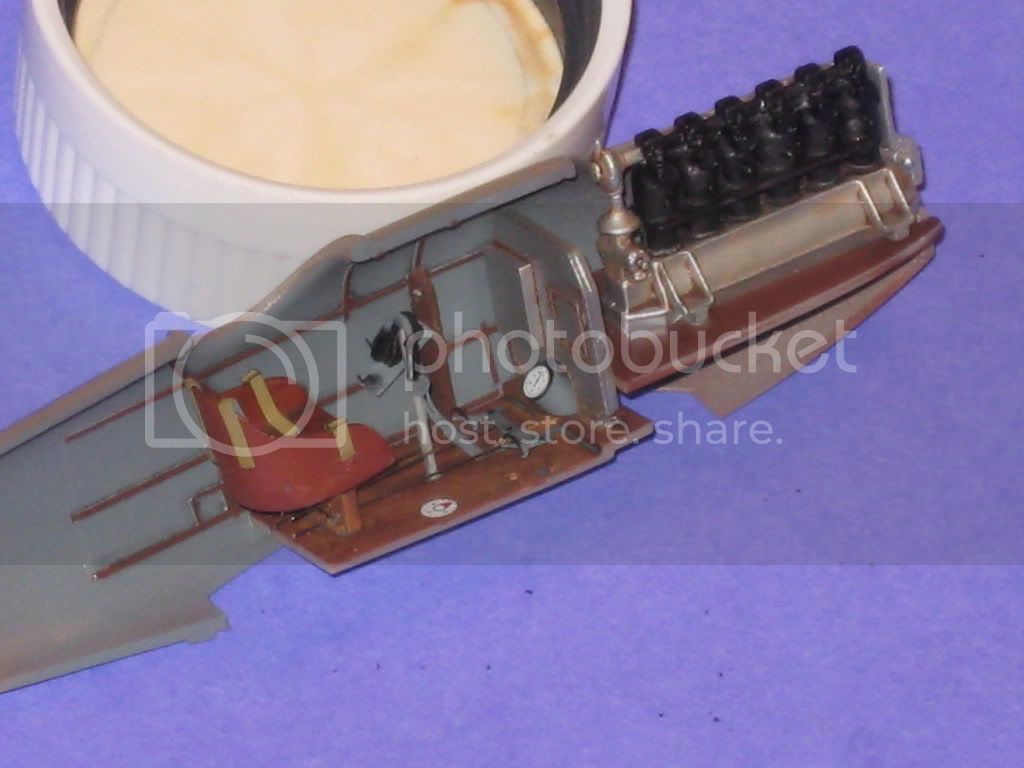
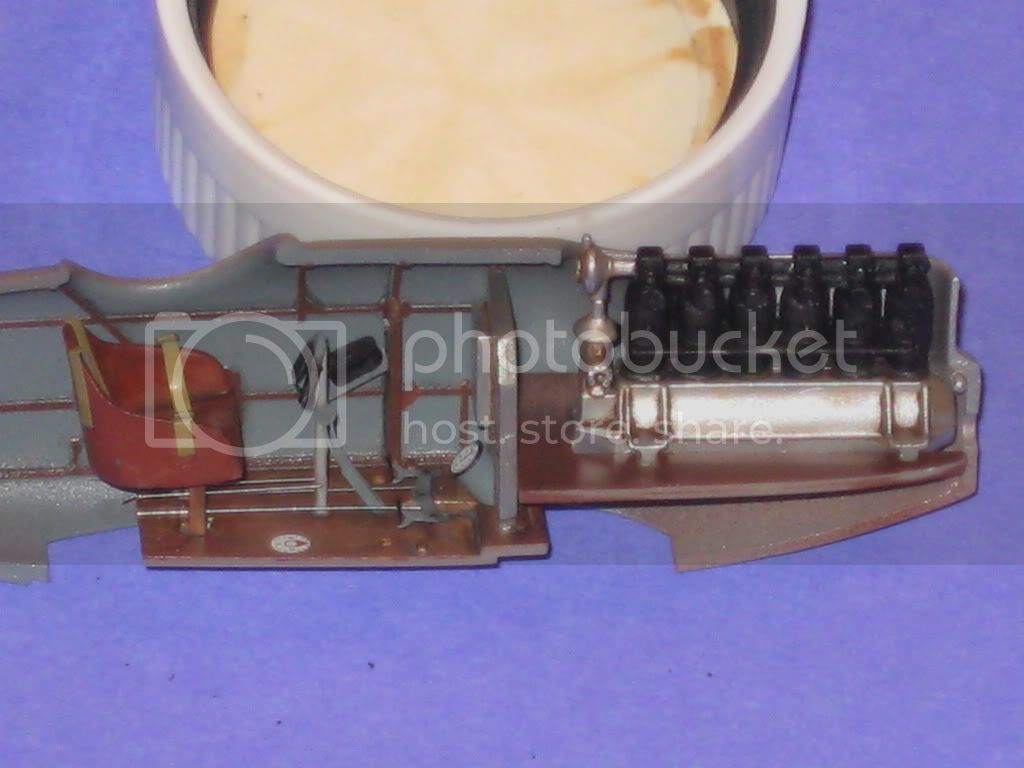
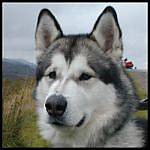








 I like how the interior goes together so well and so quickly.
I like how the interior goes together so well and so quickly.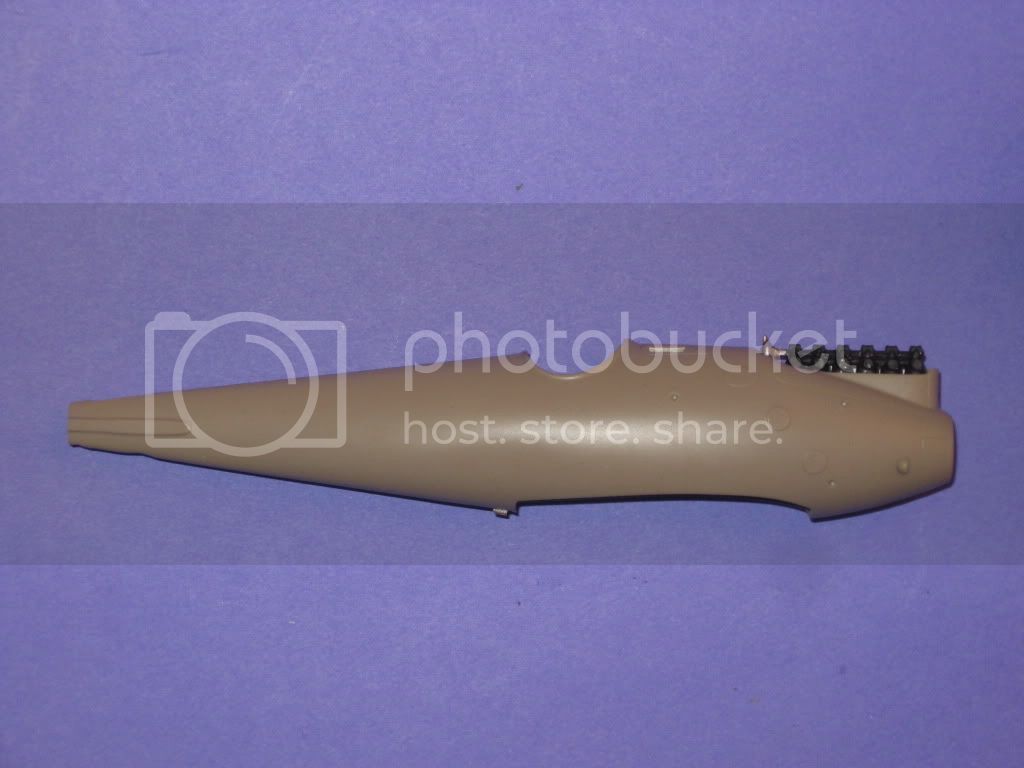
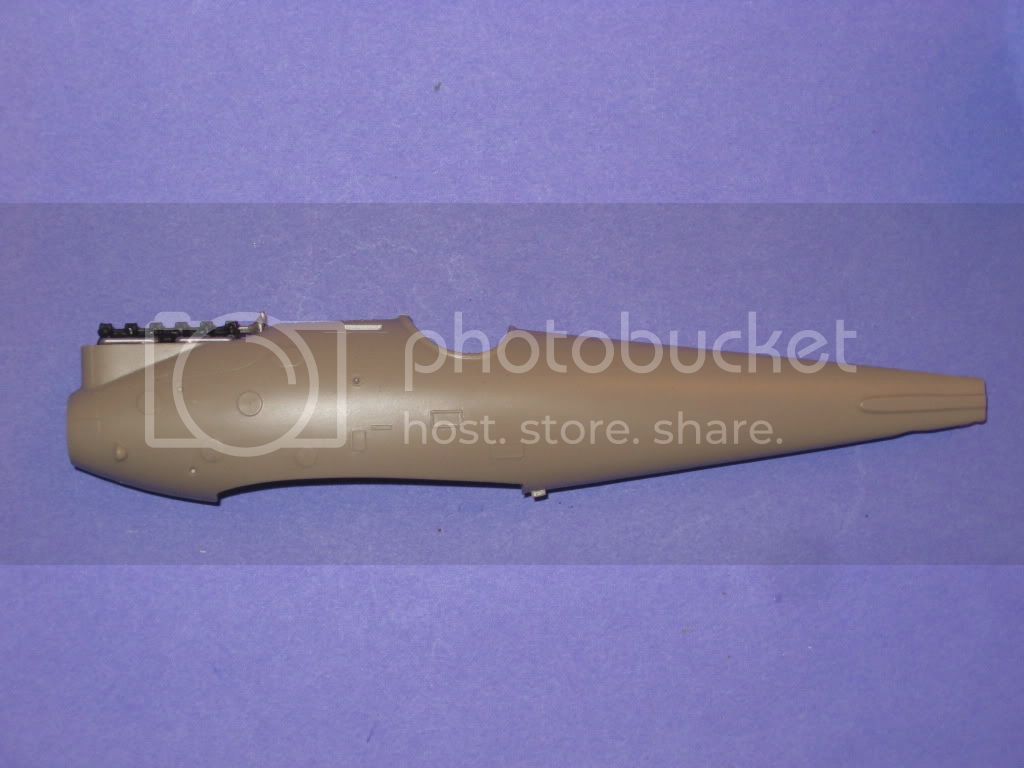
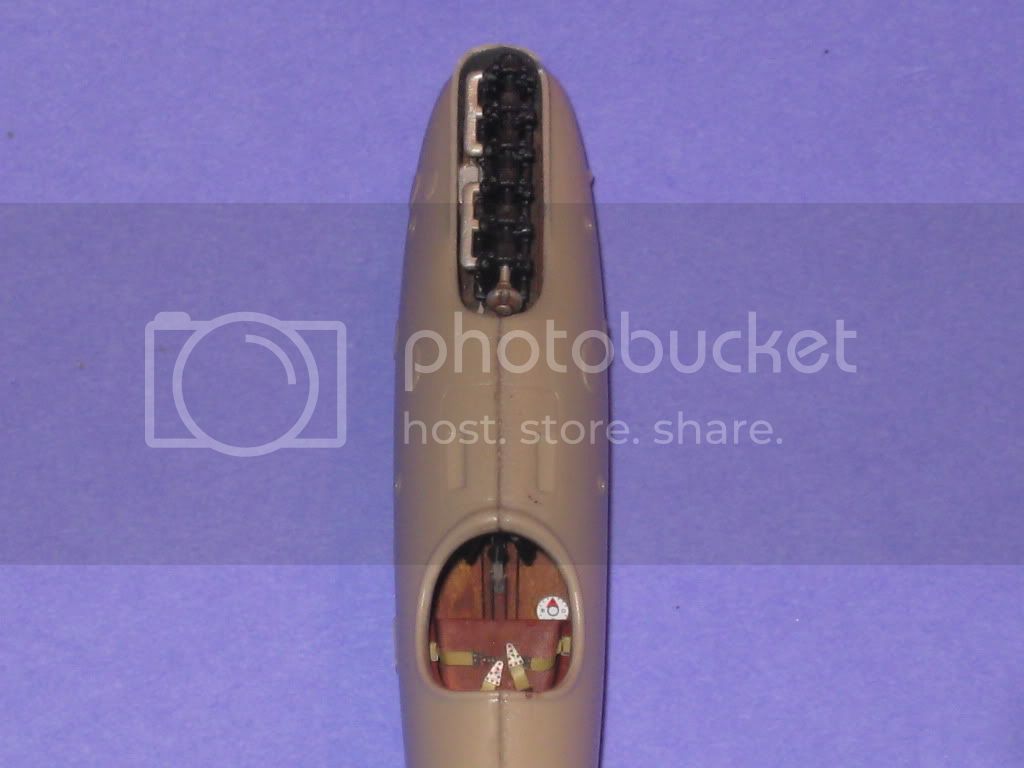

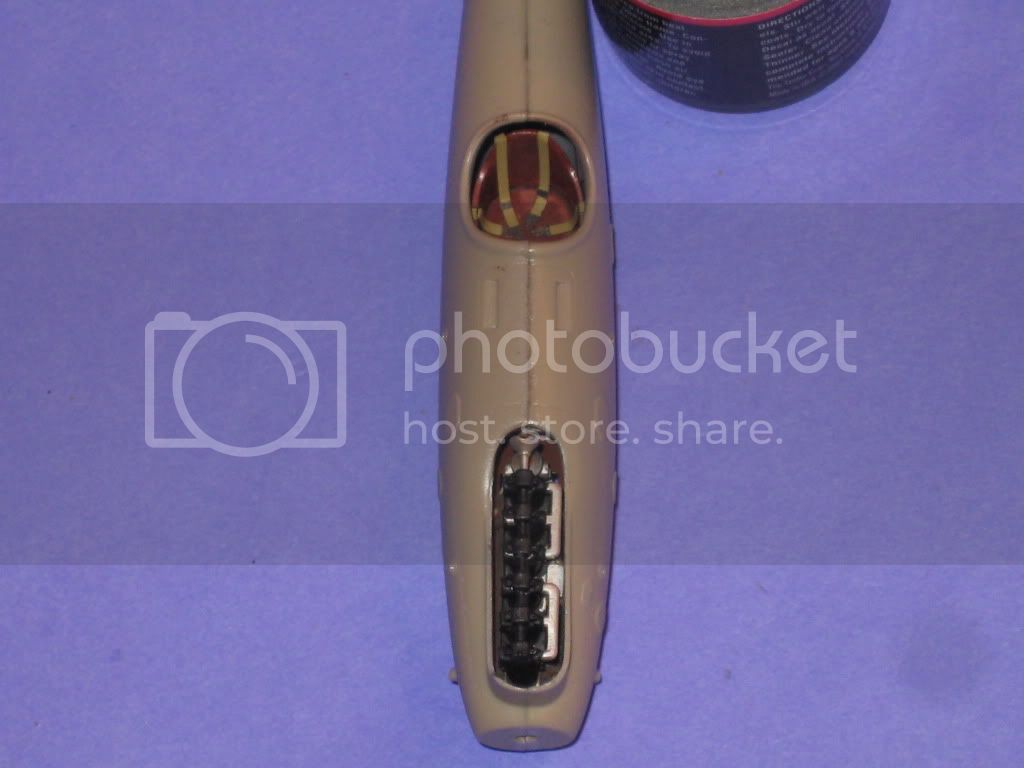
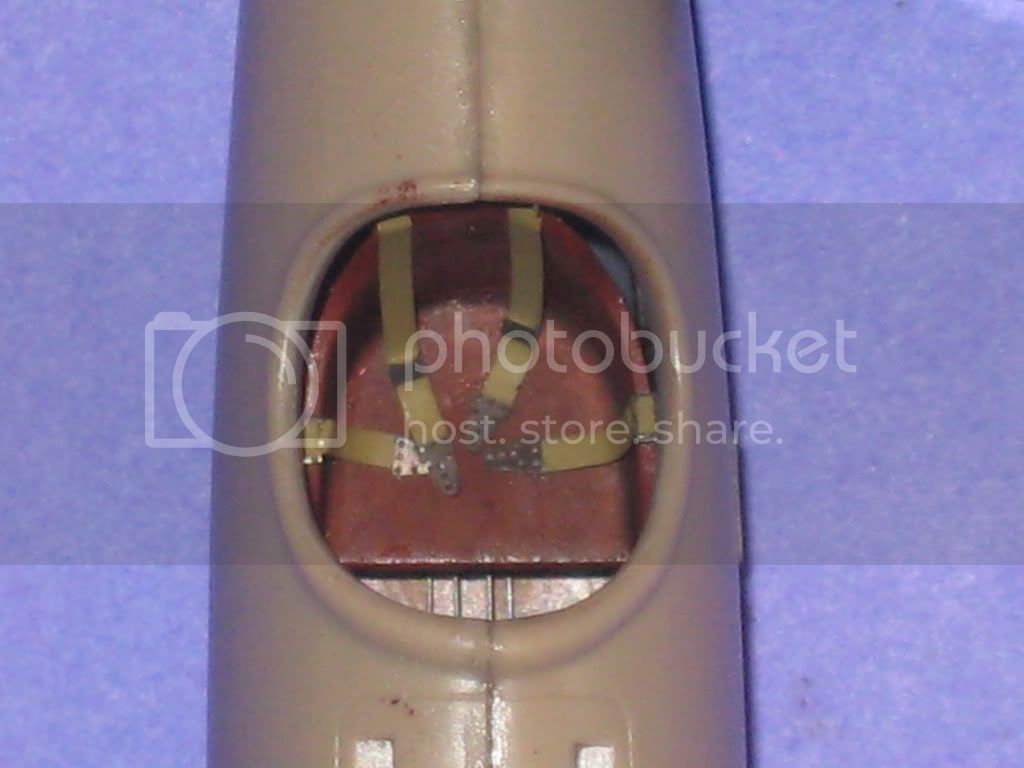
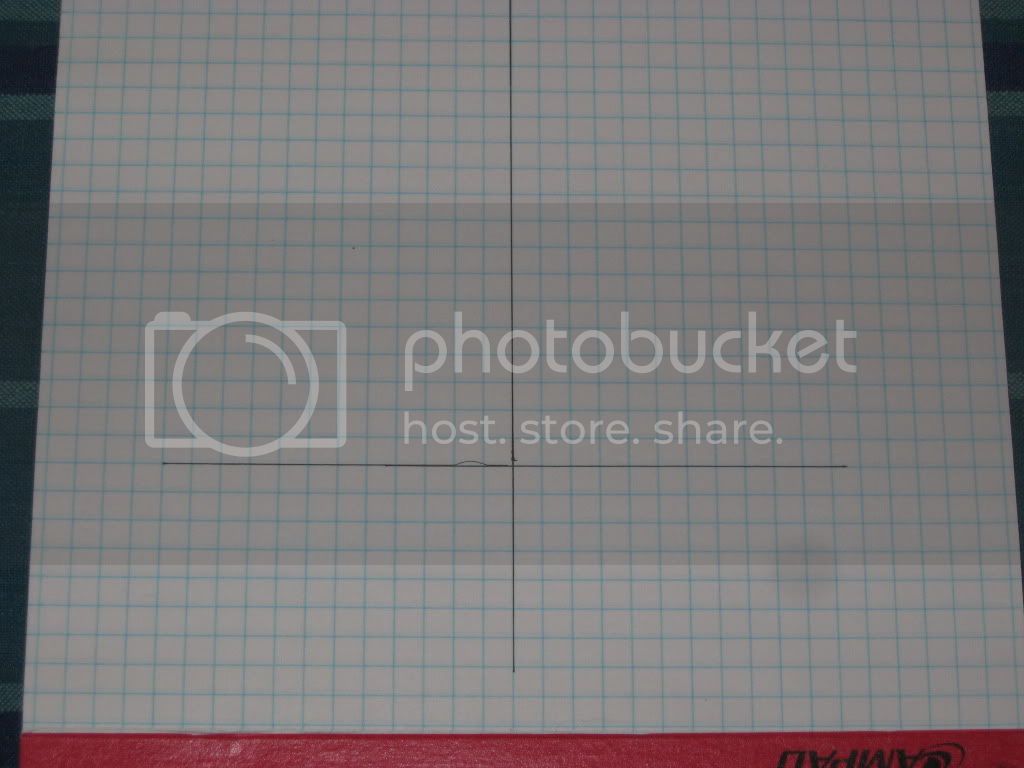
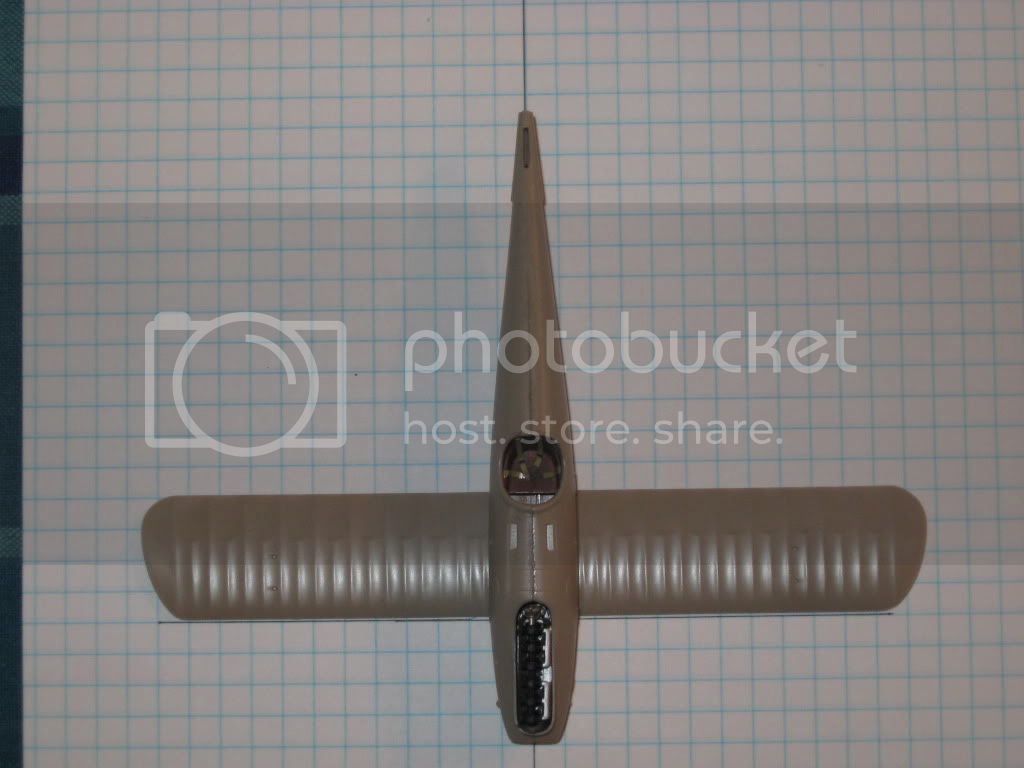



 or least
or least  appealing as far as the kit plastic goes?
appealing as far as the kit plastic goes? 






